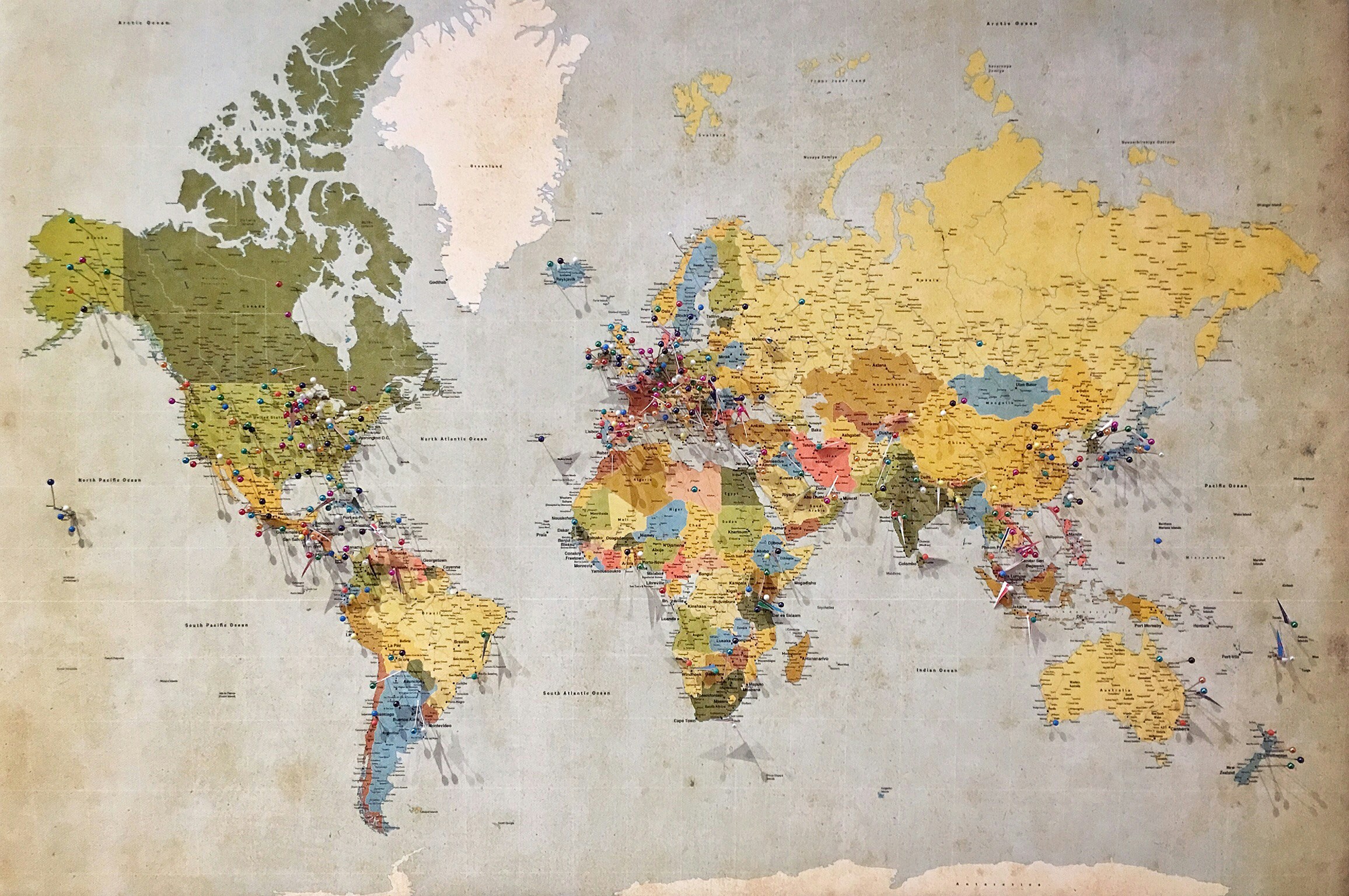“What did I hate? There wasn’t anything about actual designing that I hated.”
—S.Neil Fujita, from the conversation with Steven Heller
Born in Hawai‘i
S. Neil Fujita was a born in Kauai, Hawaii in 1921. It was the year that the stock market crash on Wall Street took place, which was to have international effects and be widely regarded as the inciting incident of the Great Depression.

Studied in LA
He Flew from Honolulu to Los Angels. There, he enrolled in Chouinard Art Institute, now part of CalArts. He studied painting, design, illustration, color theory, all the phases of art, but according to Fujita himself, he concentrated on drawing and painting—the basics.
Forcibly relocated to Heart Mountain, Wyoming
Soon after the Pearl Harbor Attack in December 7, 1941, the Executive Order 9066 was issued. This affected about 120,000 persons of Japanese ancestry lived on the US mainland, mostly along the Pacific Coast, which included Fujita who was studying graphic art in Chouinard Art Institute. He was forcibly relocated to internment camp at Heart Mountain, Wyoming. There, he worked as an art director for the camp newspaper, “Sentinel,” and volunteered as a member of the 442nd Regimental Combat Team.
The 442nd Regimental Combat Team
S442nd Regimental Combat Team, where Fujita volunteered began its training in Camp Shelby, Mississippi until April, 1944. After the training completion, they were sent to Europe for their first overseas assignment. They arrived in Italy in June 1944, participating the fight against Germany. In the following September, they joined in the frontline of Southern France and northern Italy.Today, the 442nd is remembered as the most decorated unit for its size and length of service in the history of the US military.
Gold medal from the New York Art Directors Club
After coming back from war, he completed his study and traveled east with his wife. He joined the NW Ayer & Sons in Philadelphia, where he worked on the advertisement for Container Corporations America, which he was awarded a gold prize from New York Art Directors Club in 1953. This pushed Fujita into broader light as a designer, and was approached by William Golden to work for Columbia Records.
Gold medal from the New York Art Directors Club
At Columbia, Fujita created around 50 album covers, shaping the look and feel of jazz. He left Columbia Records in 1957.